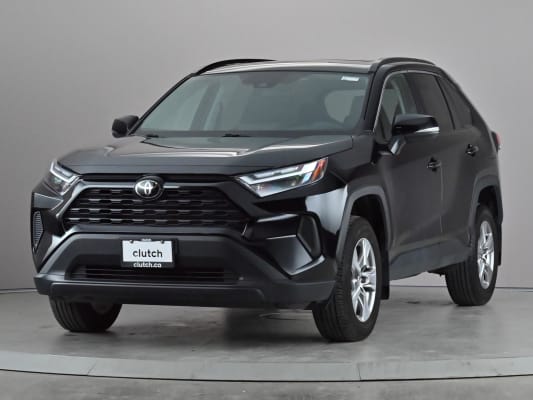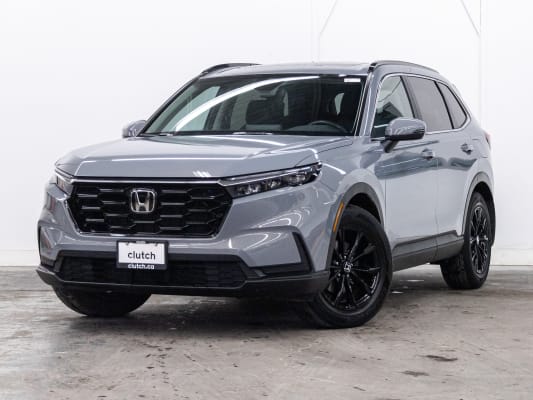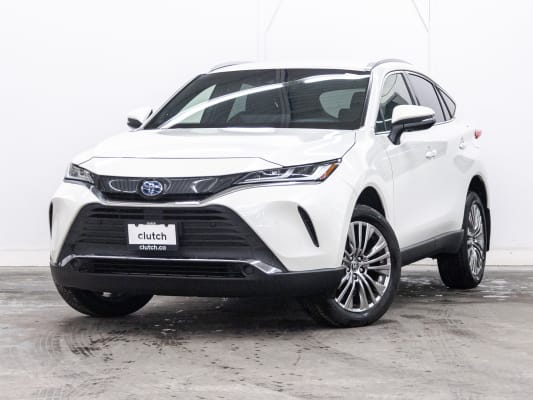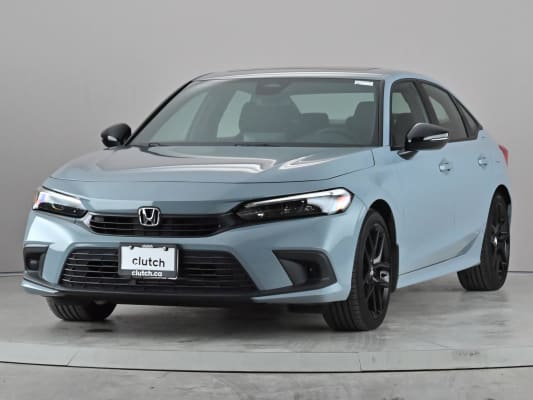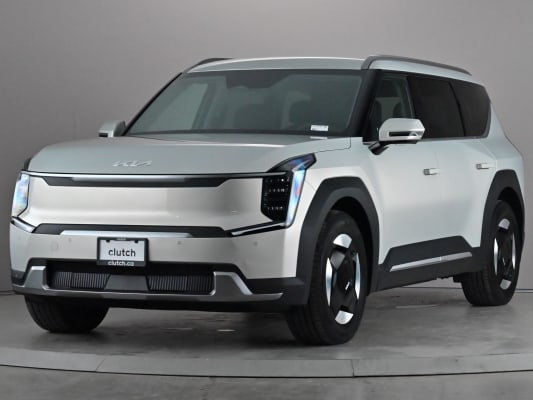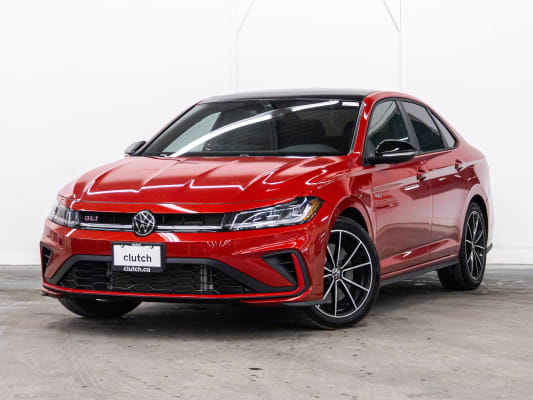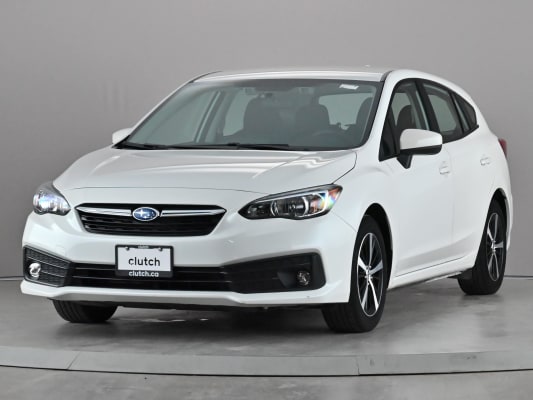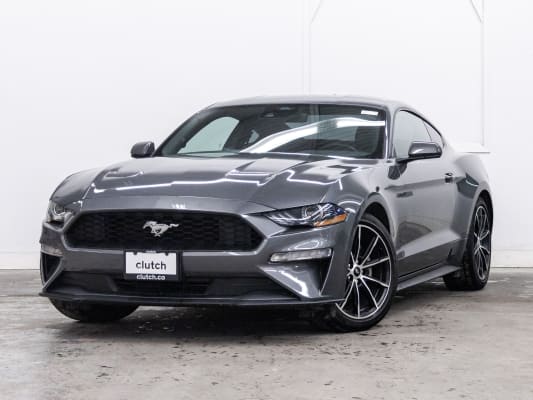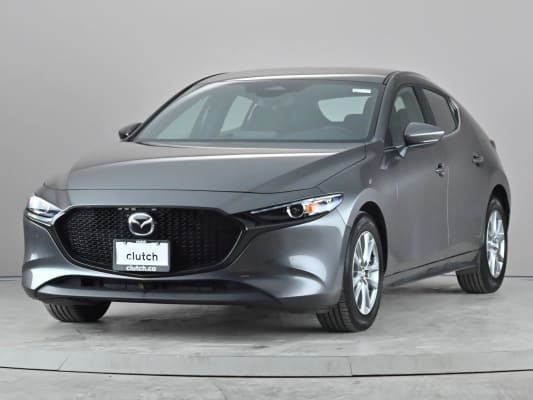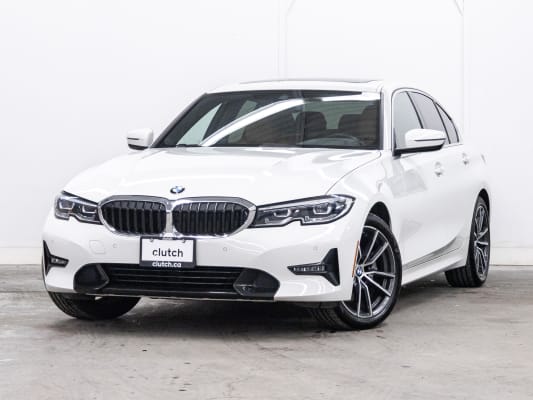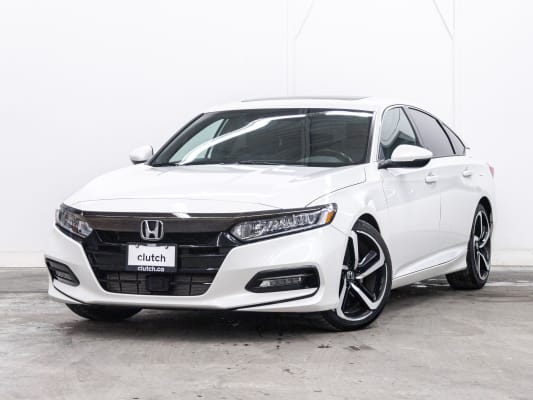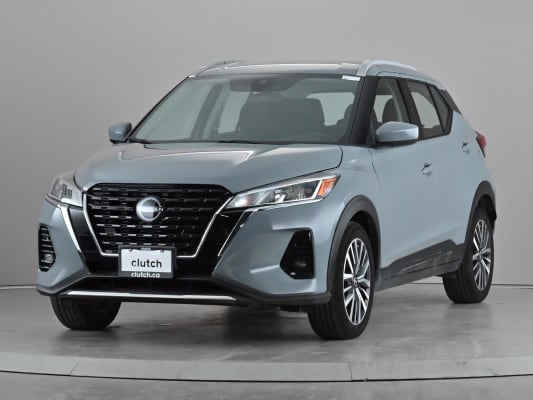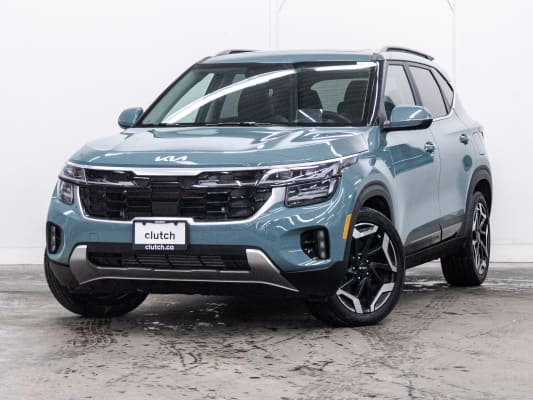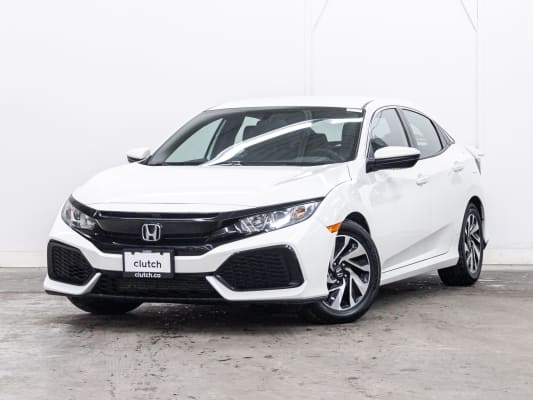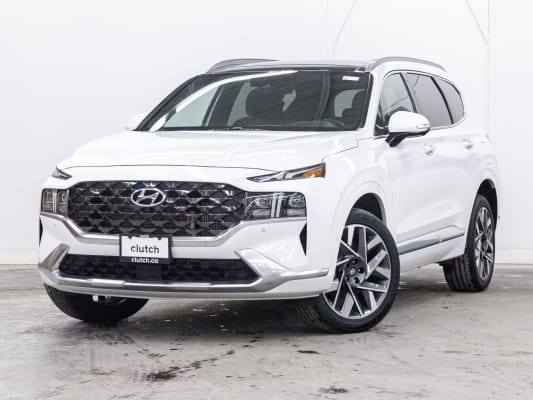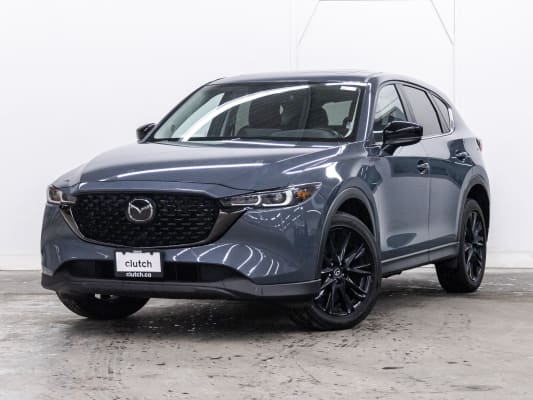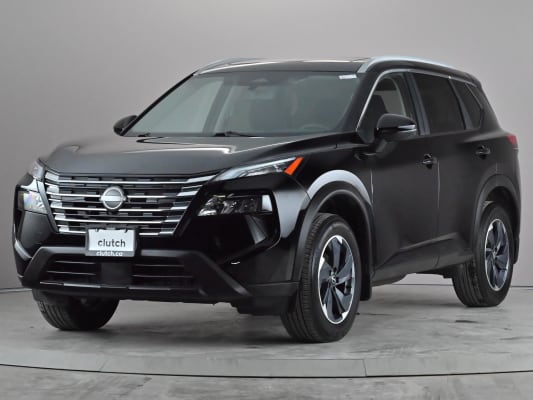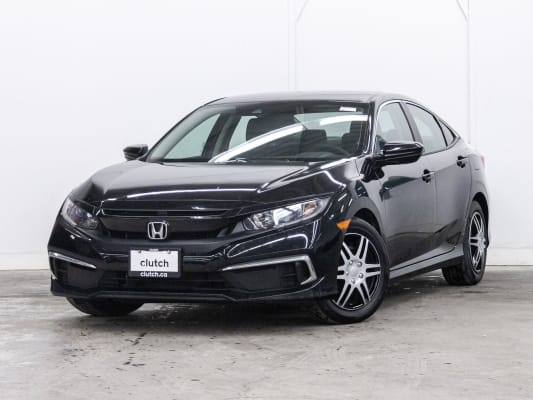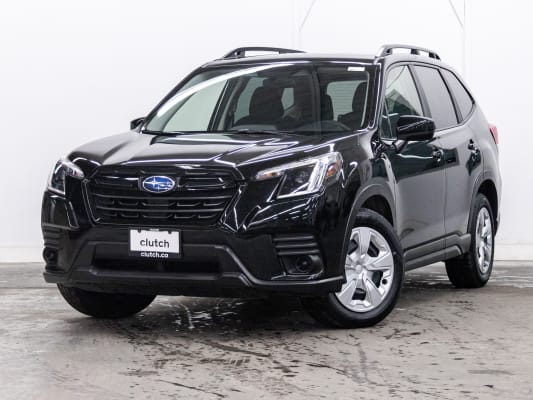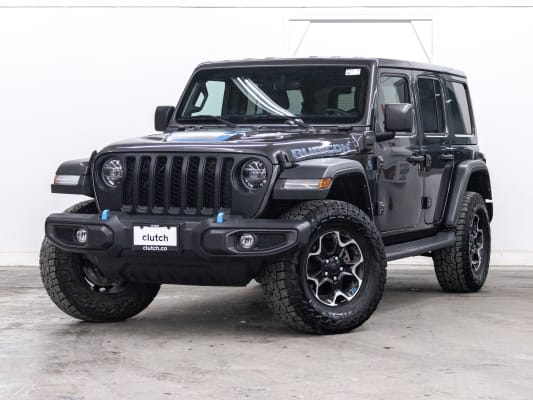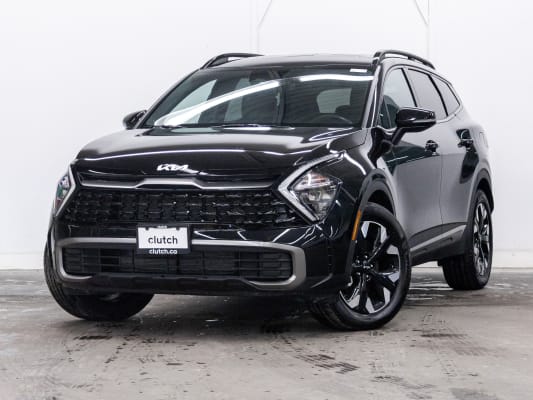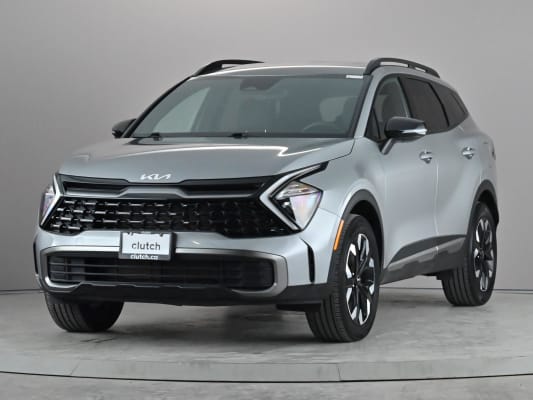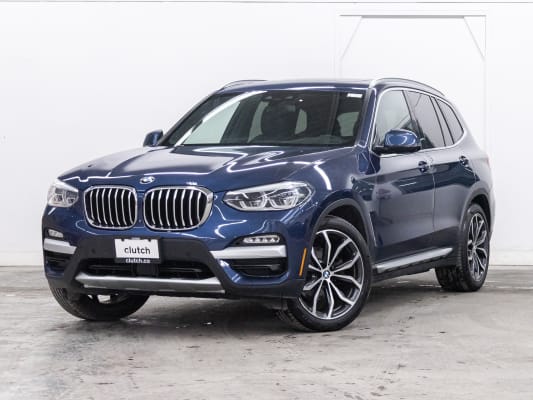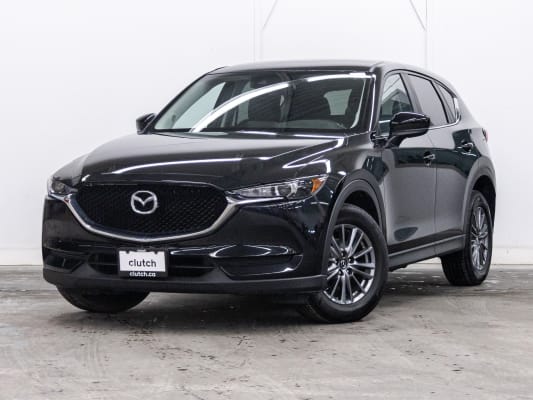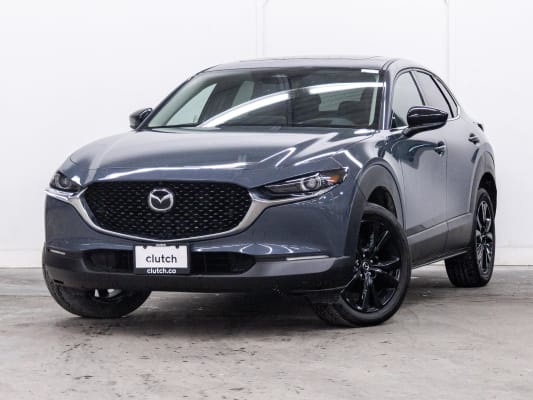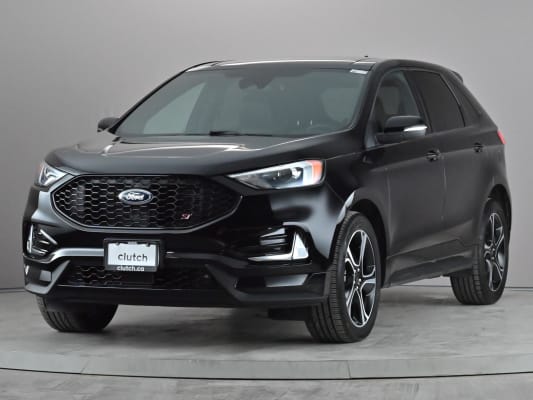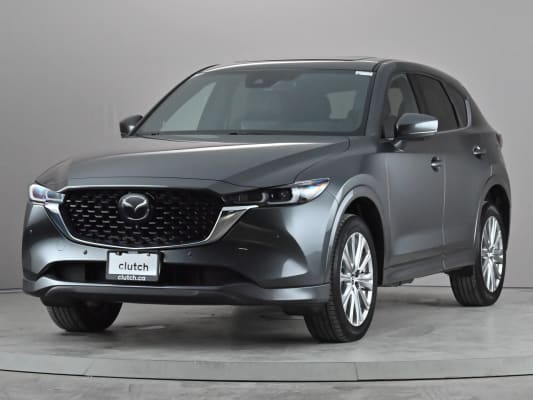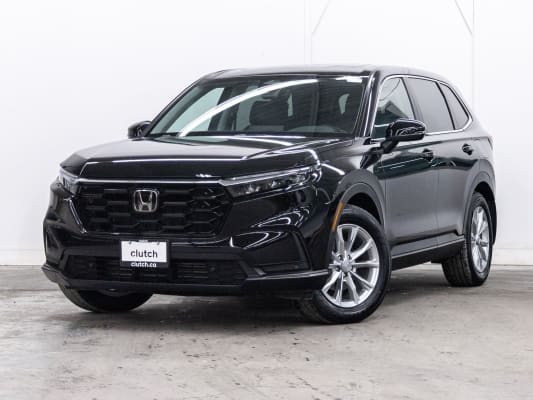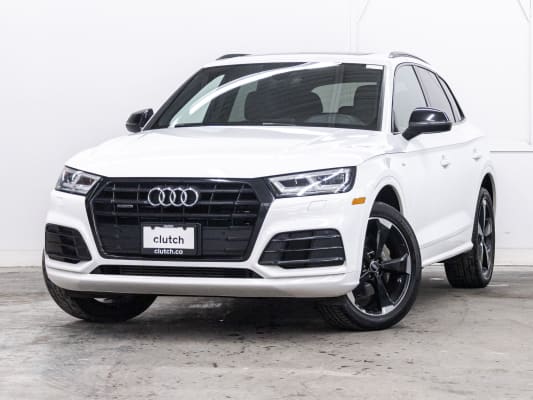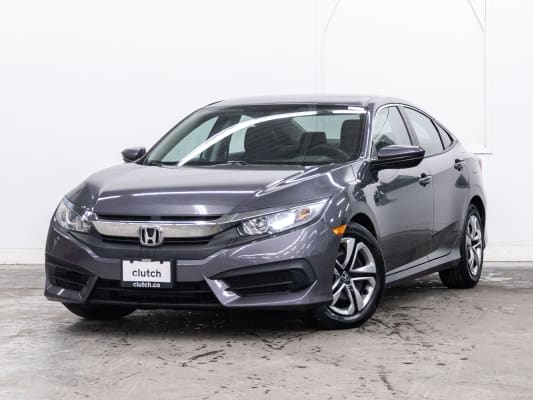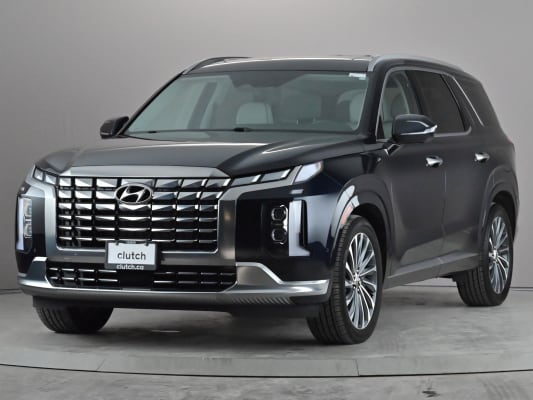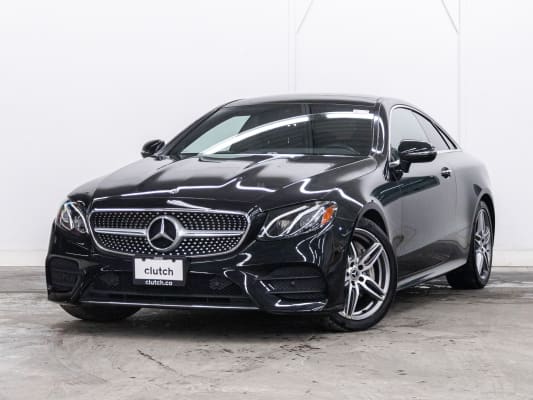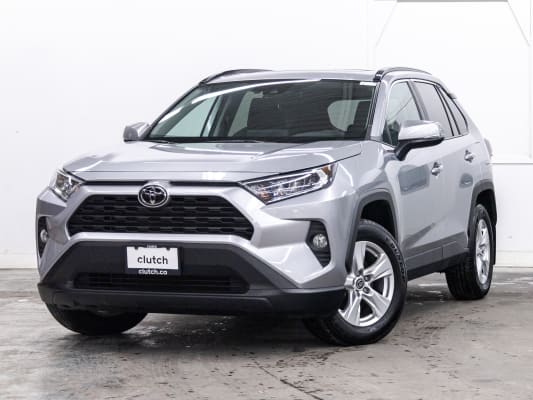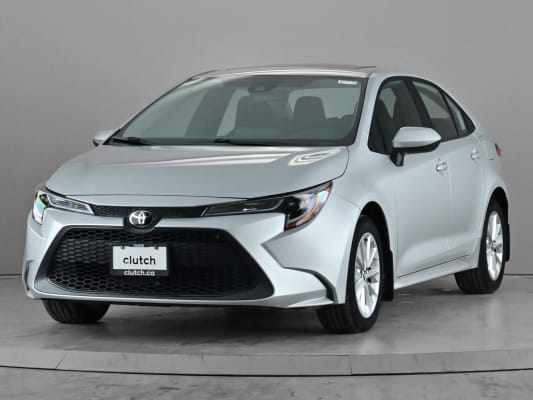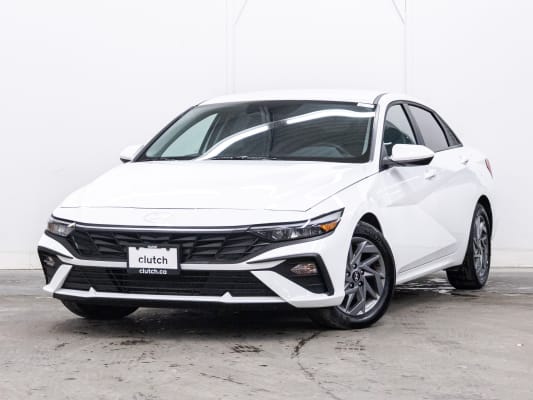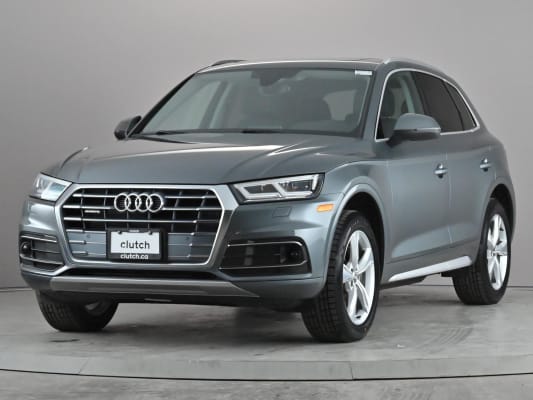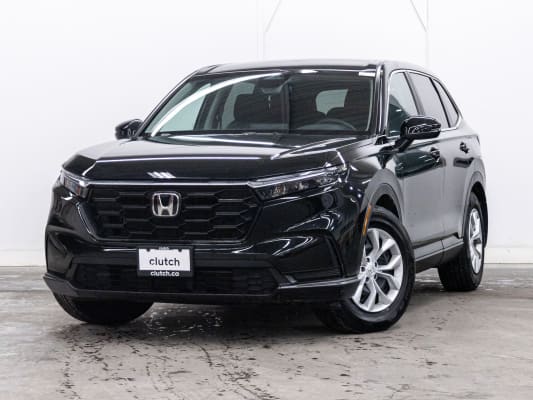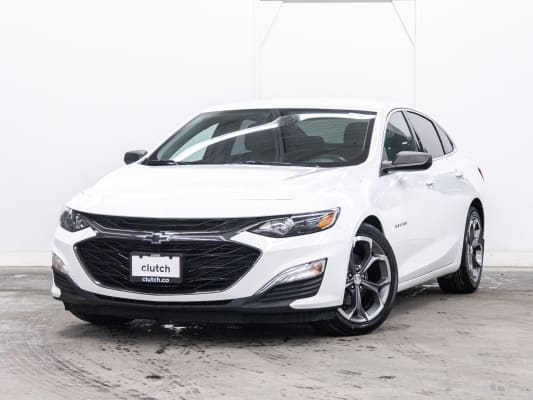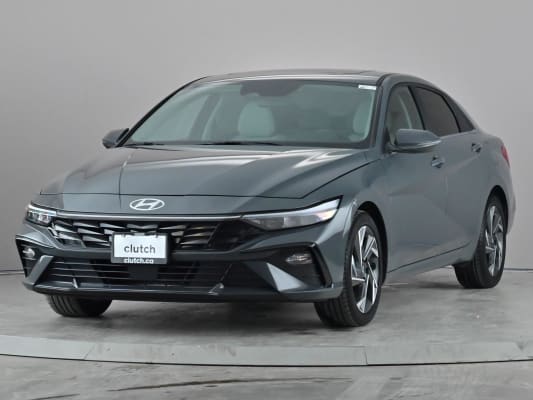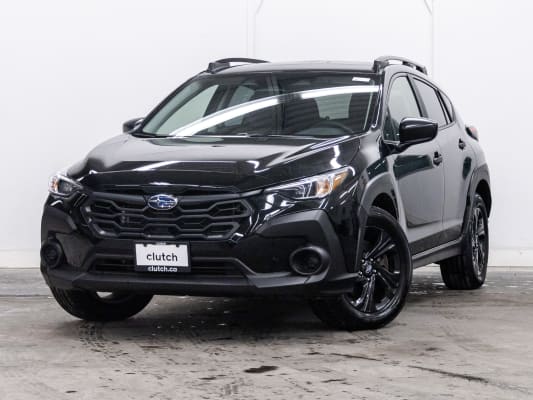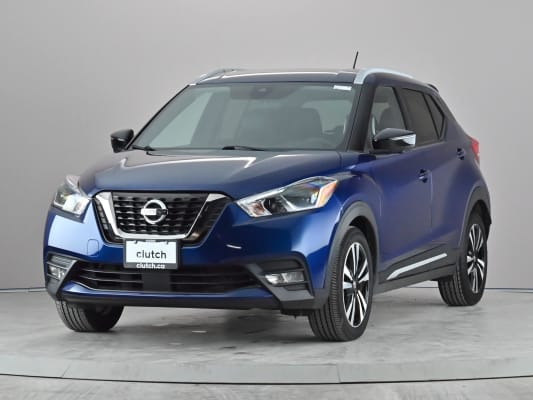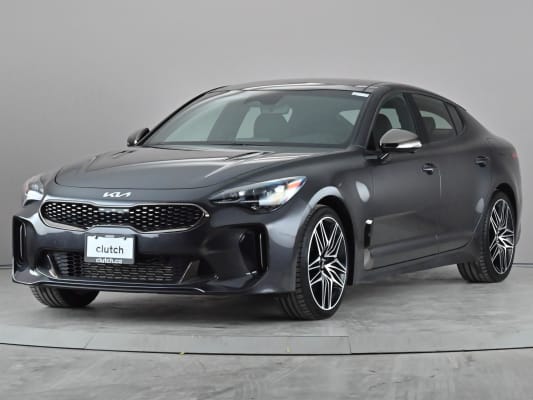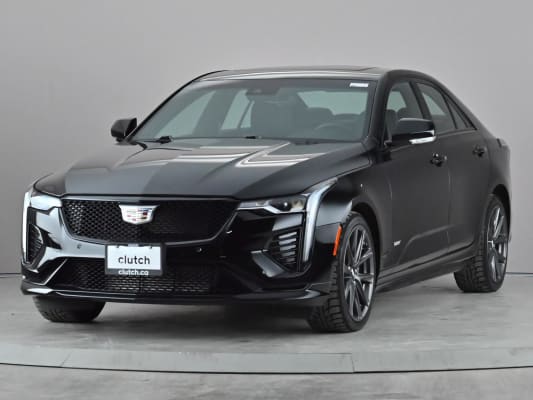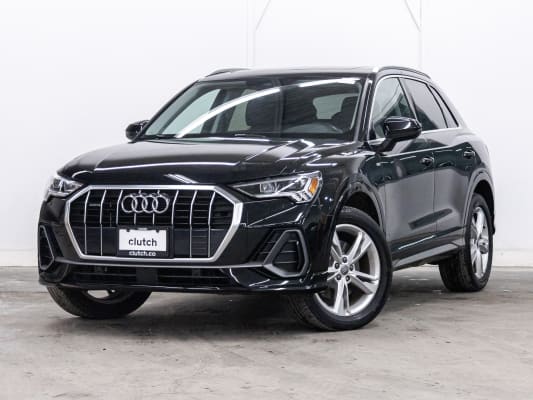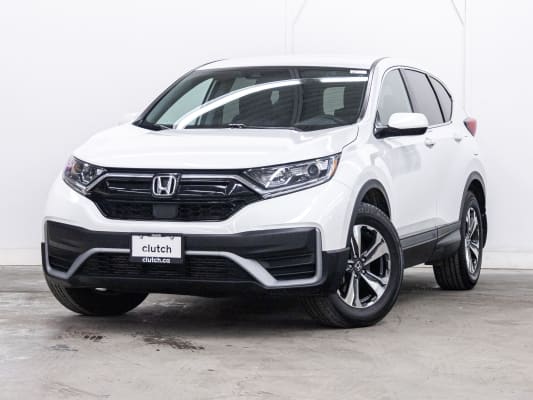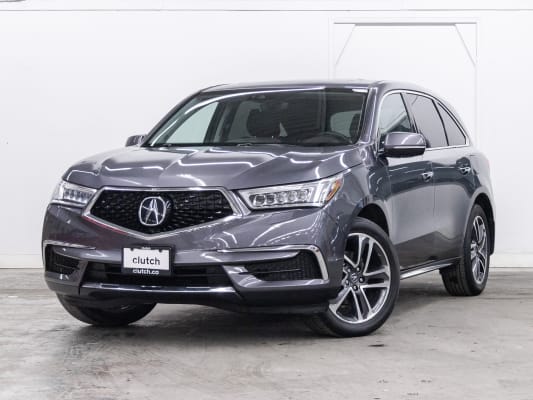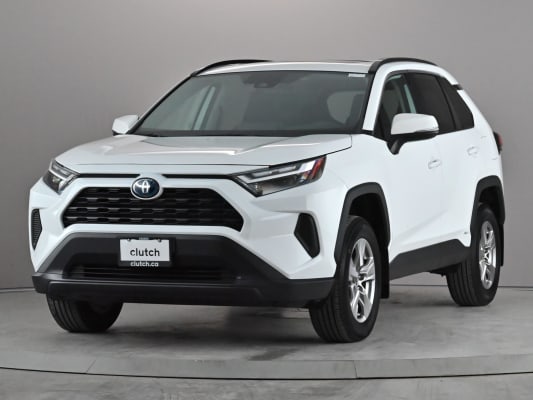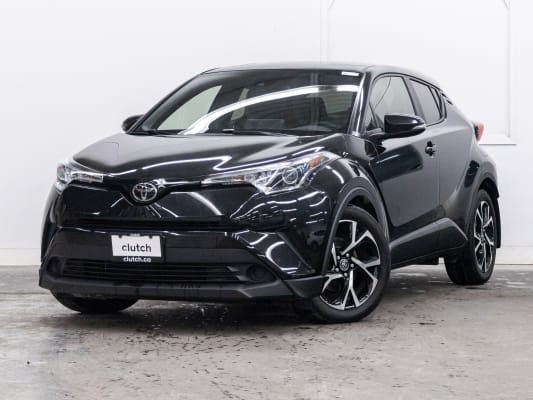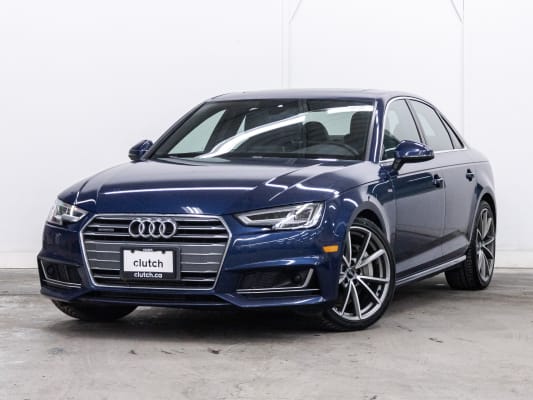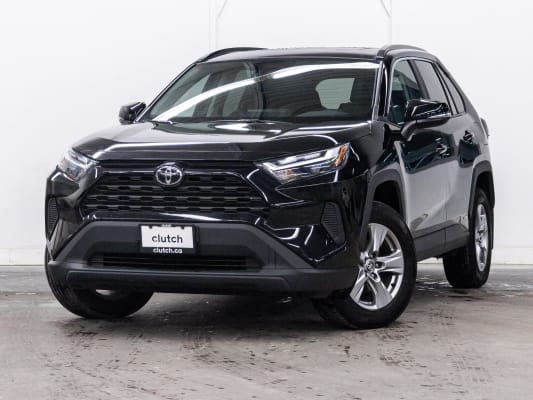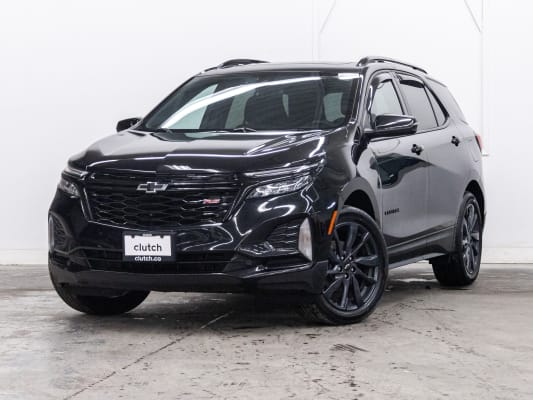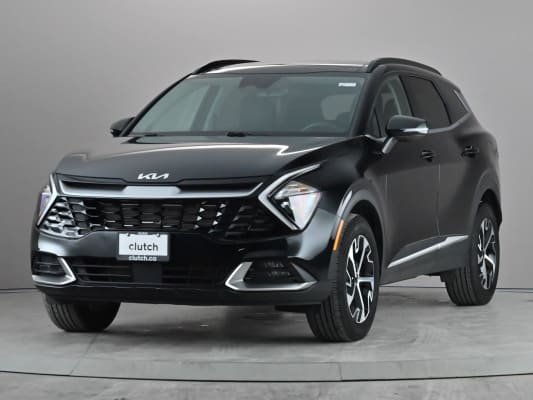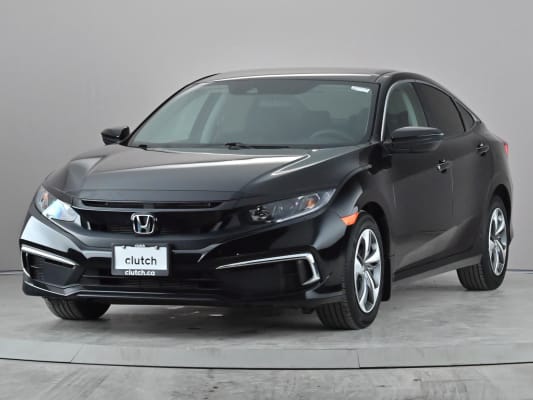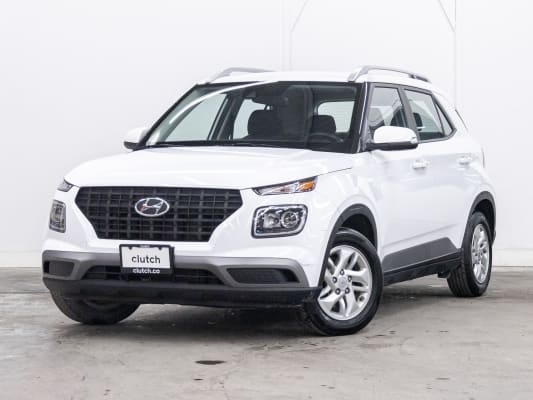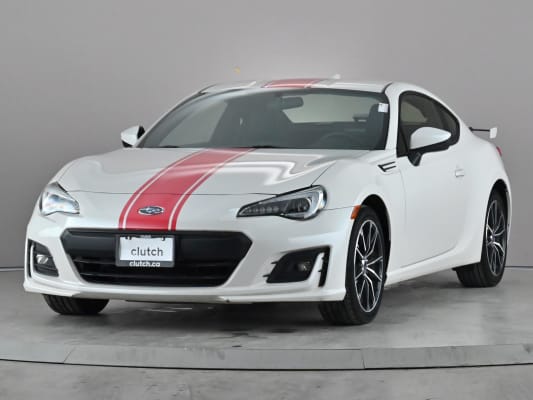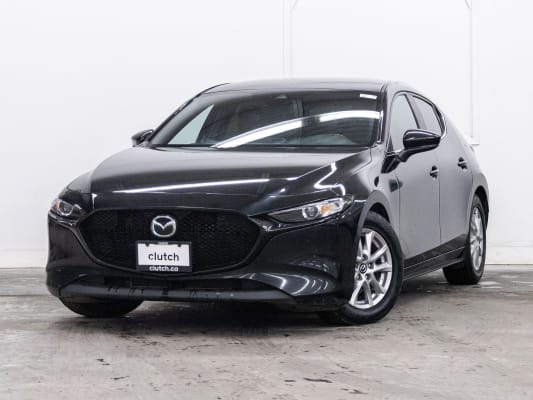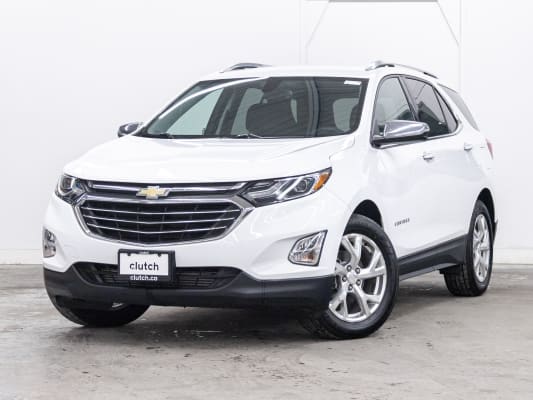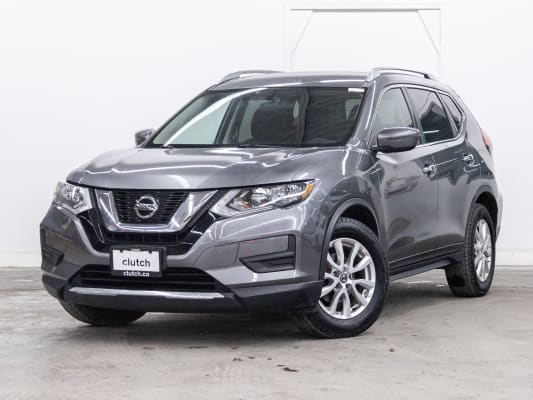When purchasing a vehicle in Ontario, you have many options. You can buy a new vehicle, lease a new vehicle, or buy a used vehicle. Buying new ensures you get a high-quality, warranted vehicle, but it comes at a significantly higher price. Leasing a new vehicle also gets you guaranteed quality and a warranty, but you’re essentially just renting the vehicle.
Buying a used car from the right seller can help you save money without sacrificing functionality. Plus, a newer used vehicle may carry the balance of the factory warranty, and some used car dealers add their own warranty to the vehicles they sell. However, you want to ensure you fully understand the used car buying process to avoid common pitfalls and get the right vehicle at a great price.
Below is a step-by-step guide on how to buy a used car in Ontario, including how to research, evaluate, and confidently finalize your used car purchase.
.avif)
Determine Your Needs
Any time you start the used car buying process, you must figure out what you need and want from a vehicle. Needs are things that ensure the car works for you, such as pricing, seating arrangements, towing capacity, and other non-negotiable items. Wants are things that are nice to have but aren’t requirements.
Setting a Budget
One of the most critical needs is a vehicle that fits your budget. You want to set the total amount you’re comfortable spending. Make sure to also account for ongoing costs, such as auto insurance, fuel, and routine maintenance.
A great rule of thumb for staying on budget is to keep total transportation expenses at 10% of your monthly income or lower. That includes insurance, fuel, maintenance, and other costs. So, if you earn $6,000 per month, your car payment and all other automotive expenses should be $600 or less.
Determining Your Needs
When determining your needs, think about your lifestyle. If you have a long daily commute, fuel economy will likely be one of your top needs. If you have a large family or are part of a carpool, you may need a 7- or 8-seat vehicle to accommodate everyone. If you have an active family that loves outdoor motorsports, you may need something that can tow all your outdoor toys to the trails and tracks you frequent, so a specific towing capacity is a need.
Determining Your Wants
After figuring out the must-haves, you can start sprinkling the wants into the equation. Perhaps you crave certain popular features, such as heated seats and steering wheel, Android Auto and Apple CarPlay, advanced safety features, and others.
You may also prefer the low-end torque that comes with a diesel engine or the reduced carbon footprint of a hybrid or electric vehicle. Or maybe you prefer a vehicle with a zippy 0-to-100 km/h sprint time or other key performance specs.
These features can drive up the price tag and car loan payment, but they can also help by being a tie-breaker if you’re interested in two similar vehicles that each meet your needs.
Write down all these wants and rank them from most important to least important so you don't forget what you’re looking for in the shopping process.
.avif)
Research Cars
With all your needs and wants figured out, now it’s time to start researching specific makes and models that fit you.
Where to Shop for a Used Car
In Ontario, you can browse new car dealerships for certified pre-owned (CPO) vehicles that may include extended warranties. The downside is CPO vehicles are often more expensive than other used cars.
You can also check out online marketplaces. These often offer you a wide range of private listings at potentially lower prices. However, buying a used car from a private seller generally leads to more paperwork and logistics on your own.
A great middle ground is shopping at a quality used car dealership. These dealerships often offer lower prices than CPO dealers and may include a warranty. Plus, a high-quality dealership will fully inspect the vehicle and recondition it as needed.
When To Shop for a Used Car
When you shop for a used car, timing also matters. Choosing the best time to buy a used car can give you the upper hand in negotiation.
Dealerships might be more inclined to offer discounts or negotiate more aggressively near the end of the month or quarter as they work to meet sales targets. Off-season shopping, such as shopping for a convertible in the winter, may yield better deals.
Factors to Consider When Shopping for a Used Car
Once you’ve identified some potential vehicles, consider crucial factors like mileage, condition, and age when deciding between them.
Mileage, Condition, and Age
High mileage gets a bad rap, but it isn’t necessarily a deal-breaker if the car has been maintained well. Be aware of the regular service intervals for the model you’re considering and compare this to the owner’s maintenance history to verify it’s been well-maintained.
You should also inspect the exterior for signs of damage, such as:
- Rust
- Dents
- Poor repair work
- Scratches
Do the same in the interior and look for:
- Excessive wear
- Rips
- Stains
- Bad odours
- Broken components
Any of these defects may indicate neglect, so you want to scrutinize that vehicle more than one with minimal signs of wear.
Vehicle History
Vehicle history is another critical consideration. A Carfax report can give you a peek into the vehicle’s previous accidents, maintenance records, and other issues. An accident doesn’t necessarily mean you shouldn’t purchase a vehicle, but it’s worth additional scrutiny to ensure high-quality damage repairs.
You may also learn on the Carfax report that a vehicle was once a rental. Seeing that may alarm you. However, despite the stigma surrounding buying retired rental cars, they typically received consistent maintenance because they were the lifeblood of the rental company.
One red flag on a vehicle history report to be very careful with is a salvage or rebuilt title. This indicates the vehicle was once significantly damaged and may eventually have reliability and safety concerns.
A rebuilt title doesn’t mean the vehicle is not worthwhile. In fact, you can often get great deals on salvage and rebuilt vehicles. However, you want to heavily scrutinize them and have an independent mechanic inspect them before making a deal.
Finally, you want to perform a free vehicle identification number (VIN) check on the vehicle before signing off on a deal. This will help you verify the VIN matches on the vehicle and title. It also allows you to verify ownership, mileage, and more, so you know everything’s legit.
Pricing
The sellers will set their pricing, but getting a handle on the open market pricing for each vehicle you’re considering is a great idea. This involves comparing listings for the same make, model, year, and trim.
You can also review pricing guidance through resources like Canadian Black Book or the Clutch Car Value Calculator for guidance on fair market values.
Once you have a rough idea of a fair price range, contact the seller to ask questions about accident history or recent repairs. Confirm essential details before arranging an in-person viewing. Always try to perform an in-person viewing in daylight to spot potential issues more easily.
{{inlinecta2}}
How to Evaluate a Used Car
After you’ve set up a meeting with the seller, it’s time to prepare for your vehicle evaluation.
Start by preparing a list of questions for the seller. Some critical items to ask about include:
- Maintenance records, such as how frequently they changed the oil and other key maintenance items according to the vehicle’s maintenance schedule
- What major work or modifications the vehicle has had
- Why they are selling the vehicle
- The seller’s driving habits
- What issues the vehicle has that the seller is aware of
During your inspection, you need to know what to look for. Some ways to spot hidden issues during a used vehicle inspection include:
- Examining the car’s exterior for misaligned panels or signs of repainting that might hide previous accidents.
- Checking the interior for worn seats, operational switches, and functional gauges.
- Examining under the hood for leaks, worn belts, or an old battery
- Checking tire tread and wear patterns, as uneven wear can signal suspension or alignment problems.
Your inspection should always include a road test. Test drive the vehicle on various roads if possible, such as:
- Highways: Getting up to highway speeds can uncover high-speed tire or suspension vibrations and noise.
- City roads: Driving through stop-and-go traffic in the city can give you a great feel for the braking abilities and uncover any issues.
- Rough roads: A road with potholes and speed bumps can help you uncover any suspension or chassis issues, such as noise or a rough ride.
While driving, also pay close attention to how the transmission shifts and the engine responds. If it’s a manual transmission, pay close attention to any noise as you press and release the clutch. You also want to listen closely for any loud suspension and chassis noises. Also, test essential features like air conditioning, heating, and electronics.
You should also get a professional pre-purchase inspection by a trusted mechanic. This inspection can uncover deeper hidden problems a quick test drive cannot expose. You’ll also need a Safety Standards Certificate to receive your Ontario licence plates.
Negotiating the Deal
Negotiation starts with your full understanding of the car’s market value, which we mentioned how to do earlier when reviewing pricing. If you or your mechanic spot notable issues with the vehicle, you can use that information to negotiate a lower price.
You also need to set a walkaway figure—an amount beyond which you will not continue negotiating. If the seller refuses to get below your walkaway price, stick to your guns and leave the negotiations. The seller may reach out later and reopen negotiations if the vehicle still doesn’t sell.
If you’re trading in a vehicle, always get multiple quotes before starting the negotiation process. This allows you to decide whether to trade the vehicle or sell it privately. Consider any potential tax savings when trading and include that in the calculations.
When you’re close to finalizing the price, a dealership may offer extended warranties or products such as GAP insurance, undercoat protection, and paint protection. Be sure to get a clear understanding of these options before signing anything. These enhancements can give you peace of mind when buying a used can, but always read the fine print regarding coverage limits and exclusions.
.avif)
Complete the Purchase
Everything is now complete, and it’s time to seal the deal with payment and paperwork. Let’s go over the process.
Cash vs. Financing
The first decision is whether to pay in cash or finance. The decision depends on your financial situation. Let’s review the benefits and drawbacks of each:
Pros of Paying Cash
- Saves on interest
- Less paperwork
- You immediately own the vehicle
- Potentially more negotiation power
Cons of Paying Cash
- Limits your overall liquidity
- Opportunity cost of investing elsewhere
- It doesn’t build credit
Pros of Financing
- Saves your liquidity
- No waiting to save up thousands of dollars
- On-time loan payments can build credit
Cons of Financing
- You’ll pay interest
- May struggle to get approved with poor or limited credit history
- Dealerships may increase the interest rate for their profit
- You don’t own the vehicle until you pay it off
- Makes resale more difficult with a loan
If you decide to finance, compare multiple financing options for your used car, including offers from banks, credit unions, and dealerships. Each option may have different interest rates and payment terms, so choose the one that makes the most sense. Getting a loan pre-approval is another great idea, as it gives you a stronger negotiation position.

Insurance
You’ll also need to arrange insurance. Ontario requires at least $200,000 in third-party liability coverage, but it’s wise to consider additional protection, especially if you’ll be using the car frequently or in heavy traffic conditions. Premiums can vary widely, so shop around for the best rate before you purchase the vehicle.
Taxes and Fees
As for taxes and fees, you’ll typically pay harmonized sales tax (HST) when buying from a dealer. The dealership adds this tax to the sale in most cases, so you don’t have to pay it at registration.
If you register a privately purchased vehicle at ServiceOntario you will pay 13% retail sales tax (RST) based on the fair market value.
There may also be costs for any required safety inspections on top of the following registration fees:
- Licence plate: $59
- Vehicle permit: $32
Documentation
Also, remember that private sellers in Ontario must provide a used vehicle information package (UVIP). The UVIP details several important issues, including:
- Vehicle year, make, and model
- Registration history
- Lien information
- Retail sales tax information
- Last known vehicle condition
- Accident history
- Bill of sale section
Registration
If you've purchased the vehicle privately, you must complete the vehicle registration at ServiceOntario within six days. You'll need to bring the following to complete the process:
- An Ontario driver's licence
- The UVIP with all completed information
- Verification of purchase, such as a bill of sale
- Vehicle permit
- Plate portion of permit if you want to transfer a licence plate
- Safety Standards Certificate, or SSC, which certifies the fitness of the vehicle
- Money for taxes
With Clutch, we’ll register the car before delivering it to you so you can say goodbye to standing in line at Service Ontario.
Note: As of 2018, Ontario no longer requires emissions tests for light passenger cars.

The Perks of Buying a Car With Clutch
Buying a used car in Ontario can feel like a daunting experience, but it doesn’t have to be. Knowing specific rules regarding purchasing a used car and what to look for when shopping helps you streamline the process. Plus, you can use Clutch, which provides many advantages over traditional car buying, including:
- Sell My Car tool
- No-haggle pricing
- Vehicle history report
- Optional 10-day money-back guarantee
- Optional 3-month, 6,000-km warranty
With all of these bonuses, Clutch takes the guesswork out of the car buying process and allows car buyers to choose the perfect car. Plus, you’ll enjoy tons of choices to fit all tastes, budgets, and needs. As a result, you won’t have to worry about the fine print and other hassles commonly associated with used car dealerships. And chances are, that’s something you can get behind.

.avif)
-02.png)
.avif)
-02.avif)



